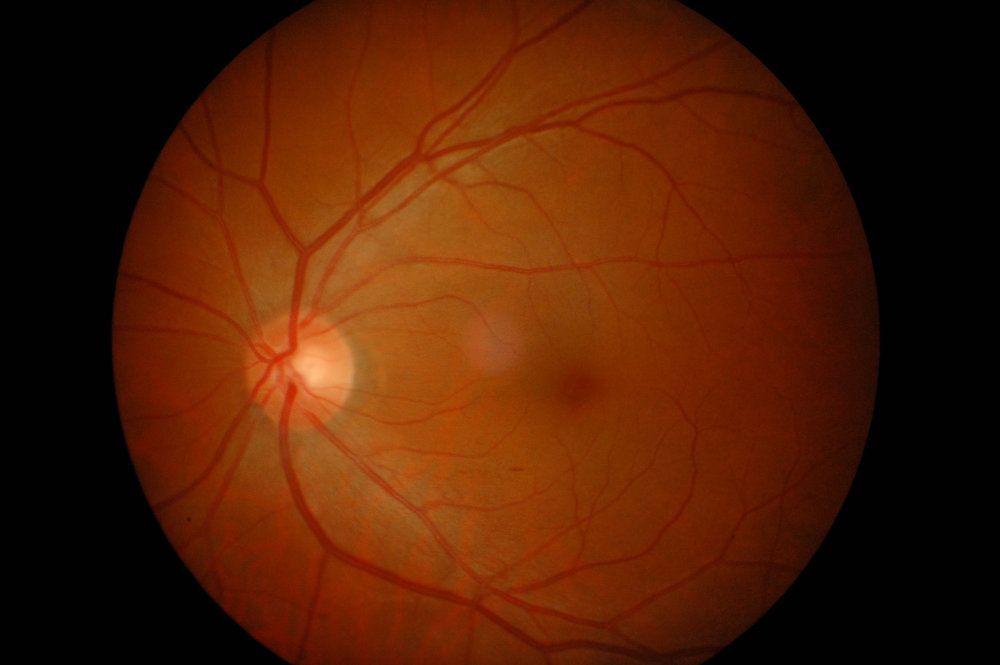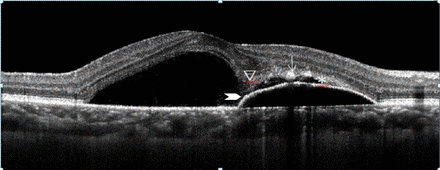Central Serous Retinopathy
Central serous retinopathy (CSR), also known as central serous chorioretinopathy (CSCR) is a problem that influences the macula (focusing point of the retina). The exact cause of CSR is not well understood. The blood vessels under the retina begin to leak and cause the accumulation of fluid and “fluid blisters”. These “fluid blisters” are yellow dots leading to blurred middle vision, distortion of central vision, and/or a blind spot in the center of the vision. CSR affects men more than women and usually occurs in young adults between the ages of 25 and 50. Stress is considered by some to be one of the main reasons to cause CSR. Use of some medications including steroid is another common cause of CSR.
Diagnosis
A detailed history and exam by a retina specialist is the best way to diagnose CSR. The exam may reveal some abnormalities consistent with CSR. Further diagnostic modalities including fluorescein angiography and optical coherence tomography (OCT) can also be used to confirm the diagnosis and to gather more information on the severity of the problem.


Treatment
Most patients with CSR do not need any treatment because they usually recover spontaneously after a few weeks to months. If there is a prolonged course without resolution then laser treatment can be utilized to stop the leakage and help with faster vision recovery. The vision of most patients will recover with resolution of symptoms. However, some people may have some loss of vision or distortion despite resolution of fluid. Approximately 40-50% of patients will experience relapses in the same eye.
